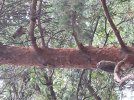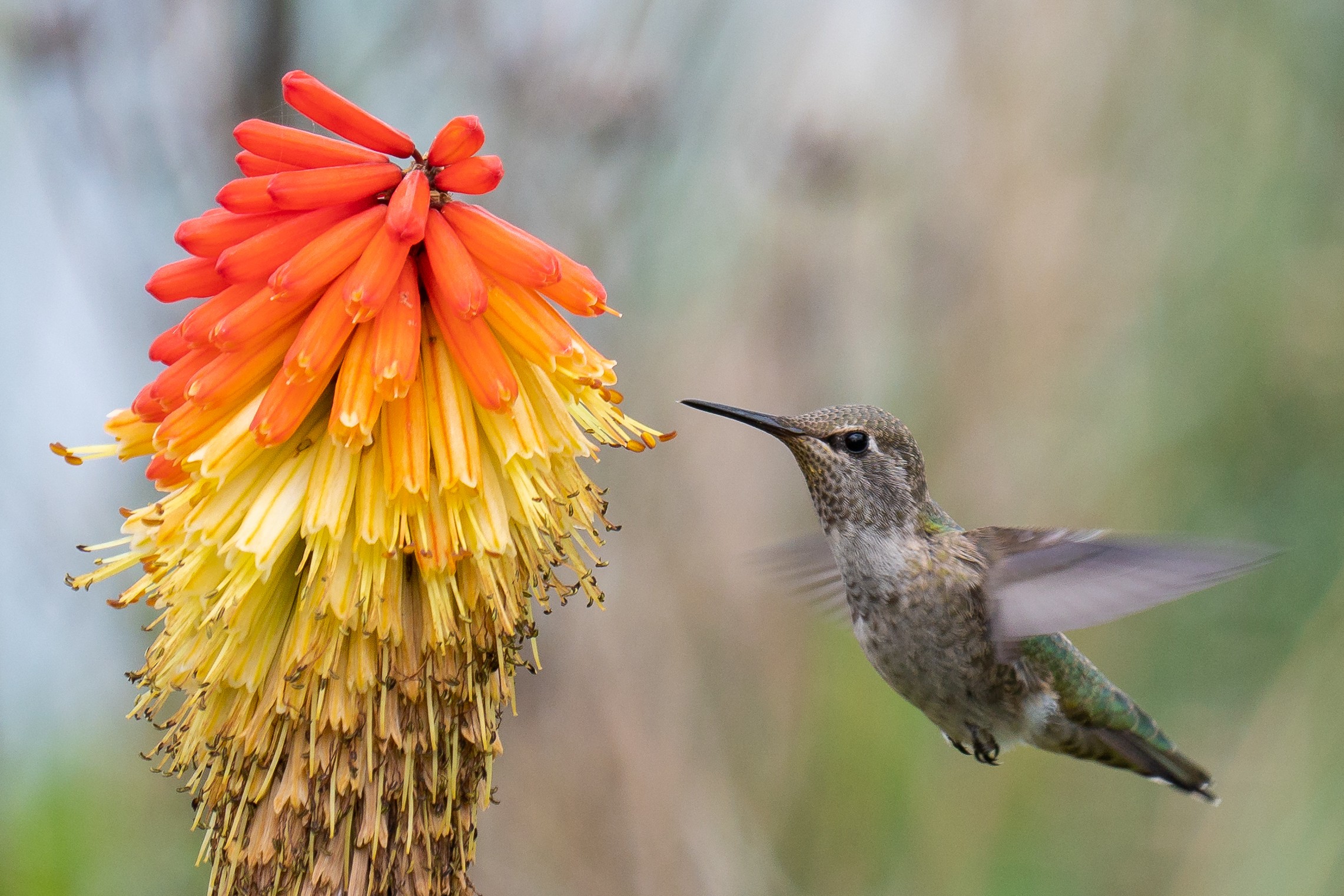MissySki
Angel Diva
Yes, they are!I had actually driven there (Lake Tekapo) that weekend specifically because I knew the lupines were in flower and I wanted to see them.
View attachment 15350
View attachment 15351
View attachment 15352
And, to bring it back to birds
View attachment 15353
The picture with the water is so gorgeous, what a beautiful place!



 It has those lovely white stripes on it's bill.... It has a lovely patch of bright white that sticks up along it's side and is an excellent field mark... No, no... let's name it for something no one can see. Keeps everyone on their toes.
It has those lovely white stripes on it's bill.... It has a lovely patch of bright white that sticks up along it's side and is an excellent field mark... No, no... let's name it for something no one can see. Keeps everyone on their toes.












